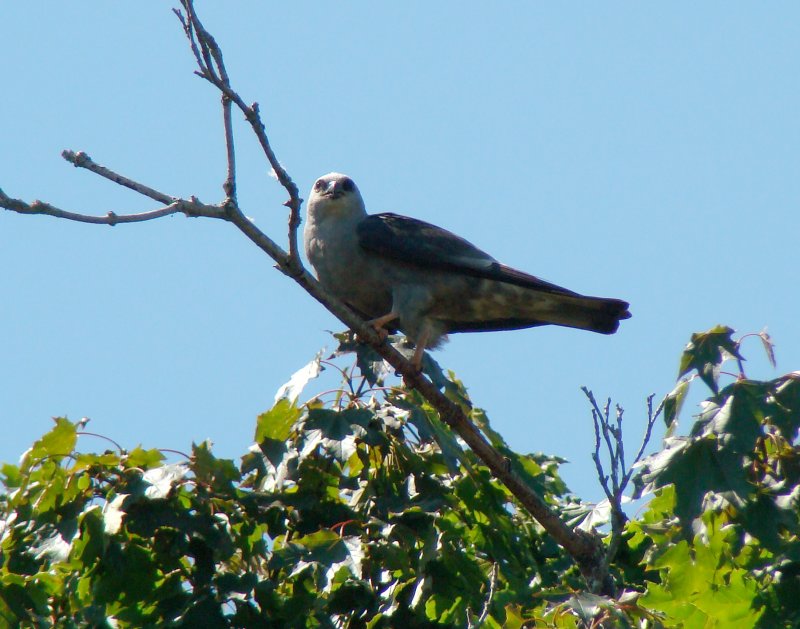

Snowy Egrets migrate from most US states, except along the Gulf Coast and southwest coast. The colors on their bills and legs are also lighter, with lores and legs more greenish-yellow. Juveniles are similar to adults but without head plumes. Interestingly, these areas of their bodies also become bright red during aggressive encounters.
#White moroh mississippi kite skin
Their lores or facial skin turn reddish-pink, and their toes turn orange-red during courtship. They have yellow irises and skin around their eye, long, black bills, long, black legs, and bright yellow feet.ĭuring the breeding season, long, lacy feathers appear on their heads, necks, and backs. Snowy Egrets, as their name suggests, are small, all-white herons. They occur in 12% of summer checklists and 9% of winter checklists. Snowy Egrets spend the breeding season in western Mississippi but some stay all year in the south of the state. You can find Great Egrets in freshwater and saltwater marshes and tidal flats, but also fish ponds.įun Fact: The Great Egret was almost hunted to extinction because of their long white feathers (aigrettes) that were mainly used to decorate ladies’ hats. Those in the southern and coastal US states remain all year, but those more inland and in Canada migrate south. Great Egrets have a vast range around the world. Non-breeding males, females, and juveniles look alike. These large birds are white, with dagger-like, long, bright yellow bills and long, black legs and feet. They are large, all-white herons, which is why they’re often called Great White Herons. Great Egrets are at their best during the breeding season when males have neon green facial skin and long, wispy feathers (aigrettes) extending from their backs to their tails, which they show off during courtship, like how a peacock flares out its tail. They appear in 20% of summer and winter checklists. Great Egrets are spotted in Mississippi all year and are common here.

They can be present in fresh and saltwater marshes, mangrove swamps, flooded marshes, lake edges, or shorelines.įun Fact: Great Blue Herons defend their feeding territory with dramatic wing outstretched displays, with their heads thrown back. You can find Great Blue Herons in many wetland environments. Great Blue Herons remain in most US states all year, but those that breed in the Mid-West and Canada migrate south. The Great Blue Heron has a white morph subspecies called the Great White Heron in Florida. They have long gray necks with black and white streaking in the front, pale grayish-blue bodies with dark wingtips, and long gray legs. They have a white face with a black crest or plume that extends from the front of their eyes to the back of their heads. Their pale gray bodies can look white in flight. Great Blue Herons are very large, majestic birds that are the largest heron native to North America. They are recorded in 25% of summer checklists and 28% of winter checklists submitted by bird watchers for the state. Great Blue Herons are common in Mississippi and are spotted in the state all year. This guide will help you identify those white birds out on the water or in the woods or fields and are listed from most to least common according to checklists submitted by bird watchers on ebird for Mississippi. White Birds in Mississippi in winter: Ring-billed Gull, American White Pelican, Snow Goose, Snowy Plover, Ross’s Goose, Northern Gannet, Mute Swan White Birds in Mississippi in summer: Snowy Egret, Little Blue Heron, Cattle Egret, White Ibis, Wood Stork, Swallow-tailed Kite, Common Tern White Birds in Mississippi all year: Great Blue Heron, Great Egret, Rock Pigeon How Frequently White Birds Are Spotted In Mississippi In Summer And Winter White Birds In Mississippi By Season


 0 kommentar(er)
0 kommentar(er)
